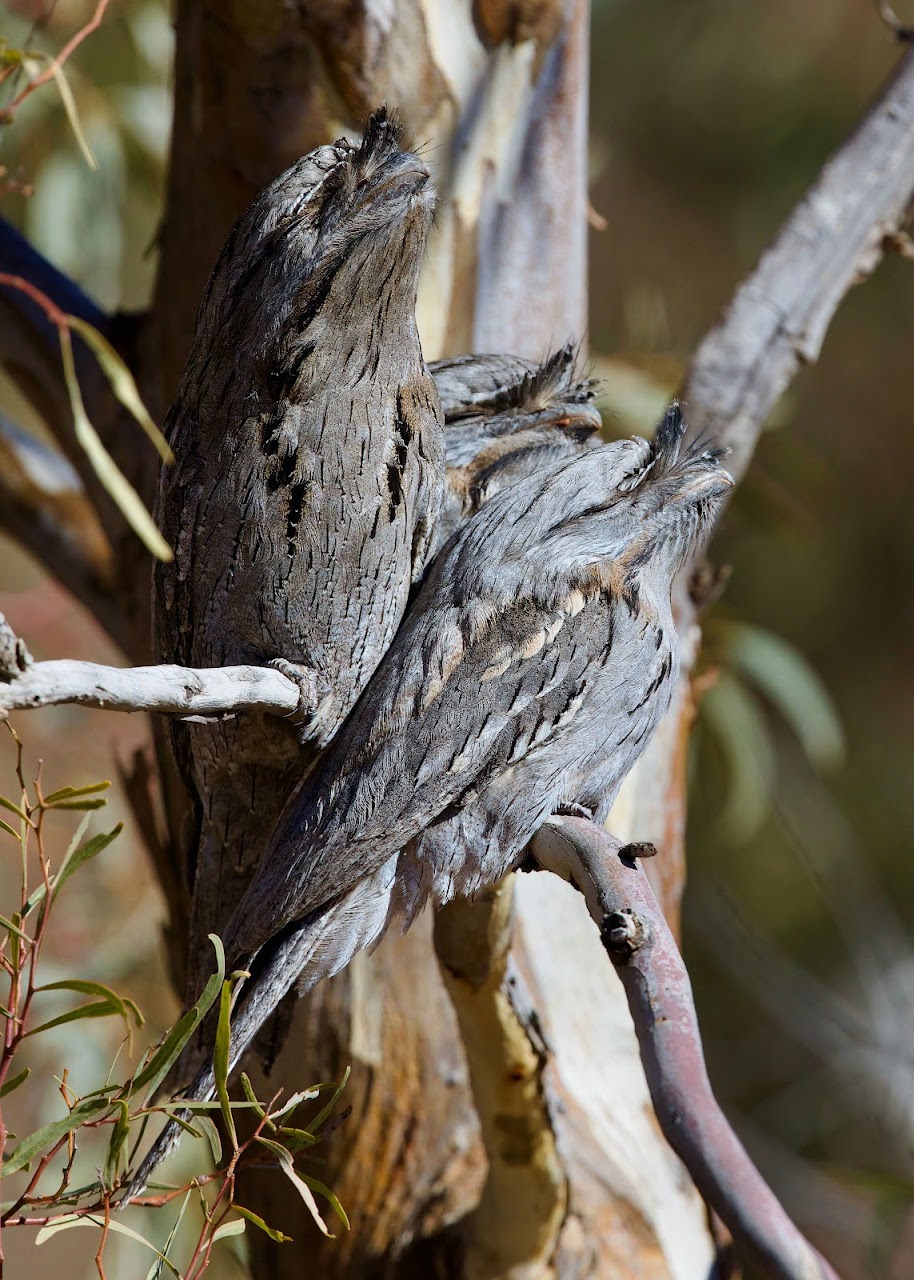To the date of this post, from when one bird was first recorded at Port Albert in 2013 (1), Birdata has recorded a total of 122 Beach Stone-Curlew sightings on the Victorian and South Australian coast for this strictly coastal shorebird species, at only 12 locations and always for just one bird for each record.
Since 2013 there has been a relatively large number of Birdata BSC sighting records including a single bird appearing to take up residence in the Snowy River Estuary at Marlo in East Gippsland for a number of years between 2014 and 2018. During the same period there were a number of sightings in the west of the State near Apollo Bay and Cape Otway and even five records in South East South Australia near Port Macdonnell.
At the time some of us pondered if the westerly sightings were either due to the Marlo bird ranging further west or a second bird present in Victoria during the same time period.
Since 2018 there has been one bird recorded in SA in 2019, one near Cape Otway in 2021 with a gap until late 2024 when a bird was recorded at Mallacoota on the 1st of October, then one bird at Lakes Entrance on the 8th of November, which was most likely the Mallacoota bird ranging further west. There have been no more sightings of BSC recorded in Victoria to mid-July 2025.
The surprise Lakes Entrance visit prompted me to make a detailed assessment of the Birdata records to determine if during the 2014 – 2018 period we had just one or perhaps two BSC’s in Victoria. The assessment revealed overlapping dates in February and March 2014 that confirmed there were in fact two birds in Victoria at that time.
NOTE: You can left click on any photo to open a slide show of the photos free of text or a right click enables one photo at a time to be opened in a New Tab where an enlarged version can be viewed.
The following photos are of the Lakes Entrance bird which made a brief visit in November 2024.
Of course without being able to identify individual birds, or records more than one bird in different locations simultaneously, we cannot be sure exactly how many individual BSC's have visited Victoria since 2013. It is possible however and even likely that the bulk of the 122 records are for just two individual birds during the 2013 to 2018 period, and the four records since 2018 possibly include one or two additional birds. If so this makes visits to Victoria by BSC's very rare and therefore applying the term vagrants (2) to BSC's sighted in Victoria is justified.
More information on BSC’s - this link will take you to a 2021 Avithera post featuring three BSC’s in the Marshall’s Creek Reserve at Brunswick heads in northern NSW.
http://avithera.blogspot.com/2021/07/beach-stone-curlew.htmlNOTES
(1) There may well have been unrecorded sightings or recorded sightings in other databases prior to 2013 – only Birdata, which includes eBird data imports up to 2022, has been searched for this post.
(2) Sean Dooley in his excellent book Anoraks to Zitting Cisticola defines a vagrant bird as “a bird that turns up in a region where it shouldn’t normally be”.

















